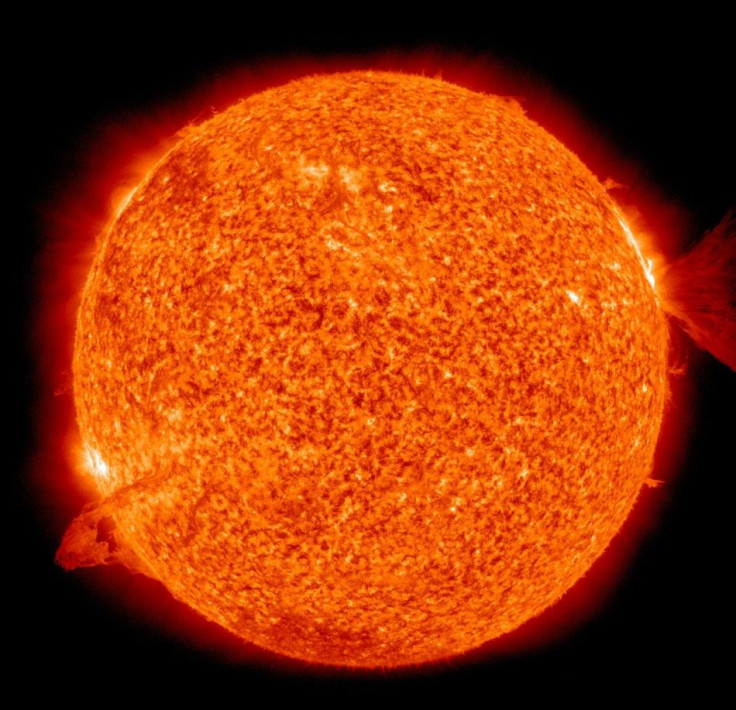Unusual solar storm could disrupt Earth communications

The sun unleashed an unusual solar flare on early Tuesday, a small radiation storm and a spectacular coronal mass ejection (CME) from a sunspot complex on the solar surface. The flare peaked at 1:41 a.m. ET, according to NASA’s Solar Dynamics Observatory (SDO).
The Sun released a moderate-classed solar flare (M2) and an S1-class (minor) radiation storm will likely lead to moderate geomagnetic storm activity by Wednesday, which could disrupt communications and grids in some locations. This flare was a different kind because it started out slow, then the sun blasted it off like a volcanic eruption.
The flare is moving away from the sun at 1400 km/s. Although it’s not squarely aimed at the earth, it should deliver a “glancing blow to the Earth’s magnetic field” during the late hours of June 8th or on June 9th.
High-latitude sky watchers should be alert for auroras when the CME arrives. The aurora borealis (Northern Lights) and aurora australis (Southern Lights) will likely be visible in the late hours of June 8 or 9.
“We don't expect it to be any kind of a real severe one but it could be kind of a moderate level storm. The event is expected to cause G1 (minor) to G2 (moderate) levels of geomagnetic storm activity Wednesday, June 8, beginning around 1800 GMT.” Said the Space Weather Prediction Center, reported AFP.
The large cloud of particles mushroomed up and fell back down looking as if it covered an area of almost half the solar surface. The flare recorded a large burst of gas, unusual in that many areas in the eruption seemed to contain cool material -- cool for the sun, that is, as less than 80,000 degrees Kelvin, NASA said.
Earlier Earth experienced category G1 (Minor) and G2 (Moderate) geomagnetic storms on May 28 to 29 due to a coronal hole high-speed solar wind stream. Bright auroras at high latitudes were visible at both poles of the Earth, including Tasmania, New Zealand, Antarctica, Wisconsin and Minnesota.
“This is the type of time where people should have their earthquake kits handy. There isn't much evidence, but it is a growing fact that solar storms trigger earthquakes here on Earth. Peru just had a magnitude-6.0 earthquake, and this usually means Baja and California are next in line,” said TWS Senior Meteorologist Kevin Martin, reported the WeatherSpace.com.
The sun has magnetic areas on its surface that are visually dark because the magnetic fields allow the areas to cool. These areas are called sunspots and can be larger than the size of the earth. Groups of sunspots sometimes spawn solar flares, or radiation eruptions that go out into the space. They are our solar system’s largest explosive events, according to NASA.
© Copyright IBTimes 2024. All rights reserved.





















